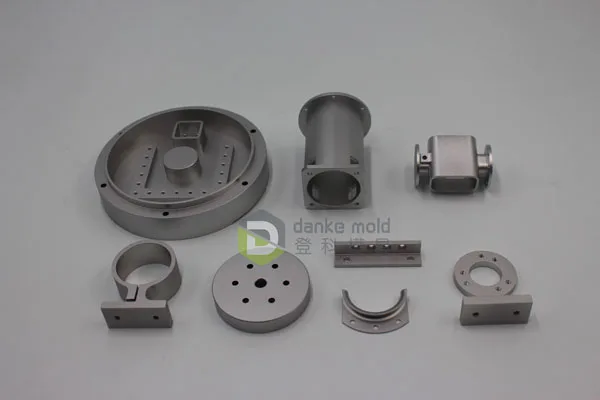Rapid prototyping revolutionized product development. It helps teams swiftly test, iterate, and improve their ideas, connecting ideation and production. Product, digital interface, and software development are accelerated via 3D printing.
Rapid prototyping?
It builds product or system models quickly. Developers and designers may test ideas, verify concepts, and detect concerns early in the development process. This technique uses 3D printing, CAD, and iterative development.
Key Rapid Prototyping Benefits
- Speed: Traditional prototyping takes weeks or months. It cuts this time, speeding up projects.
- Cost-effectiveness: Early design problem detection minimizes expensive manufacturing changes.
- Visualizing prototypes improves collaboration between stakeholders, designers, and developers.
- Early models provide real-world testing of functionality, usability, and performance.
Rapid Prototyping Types
3D printing
One of the most common technologies, 3D printing builds physical models layer by layer using polymers or resins. Product design and engineering benefit from it.
Digital Prototyping
Figma or Adobe XD provide interactive digital prototypes for software or interface designs that imitate user experiences.
CNC machine
This subtractive manufacturing technology makes precise prototypes from metal or wood.
Laser Engraving/Cutting
Laser cutting is quick and precise for flat items and patterns.
Rapid prototyping
1. Ideation
The journey begins with brainstorming and ideas. Designers draw first thoughts and choose prototype features and functionality.
2. Designing
CAD software creates intricate designs. This process includes choosing tools and materials depending on product needs.
3. Production
It is used to build the design. Based on the prototype’s complexity and purpose, 3D printing or CNC machining may be used.
4. Iteration, Testing
To find bugs and assess functionality, the prototype is extensively tested. Design changes are made based on feedback.
5. Finishing
Final design is authorized for production once all iterations and prototype satisfy criteria.

CNC aluminium parts
Applications of Rapid Prototyping
Product Development/Design
Consumer electronics, automotive, and aerospace employ to produce novel products quickly.
Medical Equipment and Healthcare
It makes personalized prosthesis, surgical guides, and medical teaching models.
Architecture
Architects construct tangible models to help customers envision final ideas.
The Software Development
Digital prototypes let developers rapidly test user interfaces, processes, and software features.
Rapid Prototyping Challenges
It has many benefits but also drawbacks:
Prototyping materials may not adequately reflect the final product’s durability or performance.
CNC machining and metal 3D printing are pricey.
Design complexity: Complex designs may need numerous revisions, increasing time and expense.
Future of Rapid Prototyping
Rapid prototyping is changing with AI-driven design tools and better 3D printing materials. Upcoming trends include:
- Medical bioprinting: Creating tissue and organ models.
- Sustainable prototyping: Use eco-friendly materials and methods.
- Integration with VR: VR-enabled prototypes let stakeholders engage with designs virtually.
Rapid prototyping best practices
Set clear objectives for each prototype to guarantee focus and relevancy.
Select Tools: Choose prototyping methods that match your product’s complexity and purpose.
Iterate Often: Use iterative design to enhance the prototype.
Get Stakeholder Feedback: Address issues and match expectations early on.
Conclusion
Revolutionary 3D printing helps companies create quicker and better. Through modern tools, collaborative methods, and iterative improvements, it assures goods and solutions satisfy high functionality and design criteria. It is essential for generating the next major tech item, user-friendly software, or medical breakthrough.
